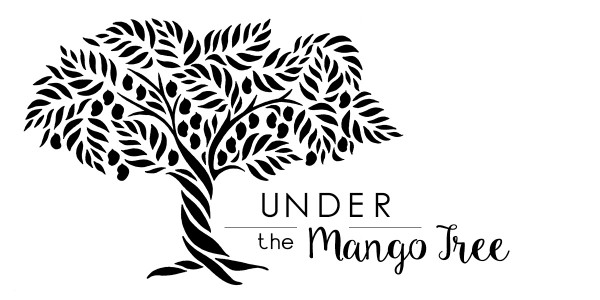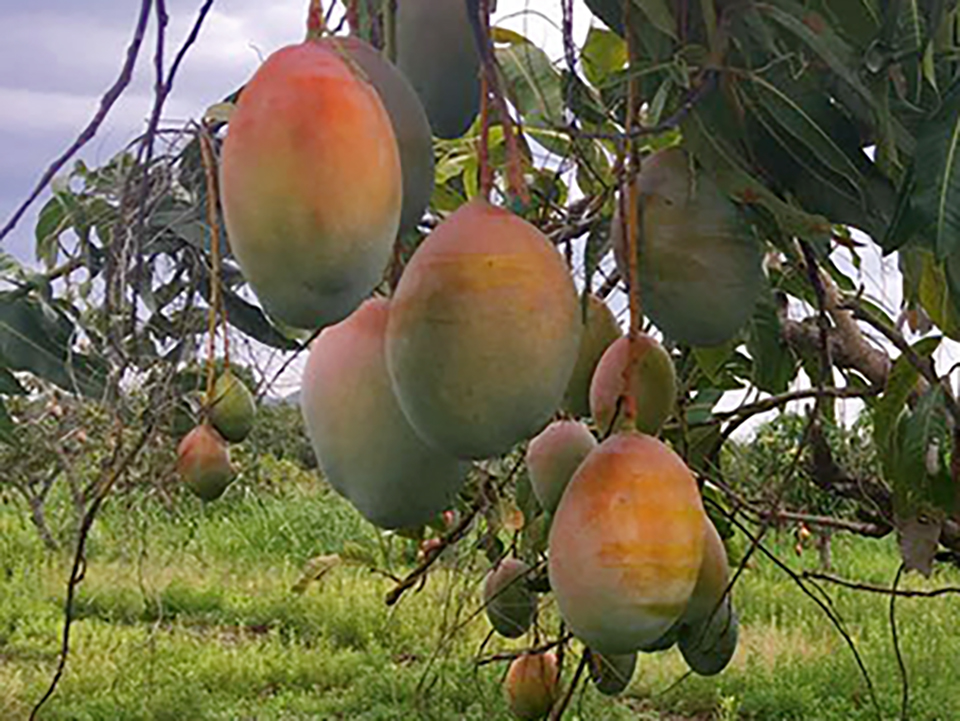
Summer Mango Mania: Cultivating #MangoJoy
reaps substantial, enduring rewards for all
I began last year’s Summer Mango Mania recap by noting that the world hadn’t historically measured ROI in happiness, and that the Crespo Organic Summer Mango Mania #MuchosMangoes promotional results proved the ROI of #MangoJoy should be taken seriously. I’m reaffirming that hypothesis as I recap this season’s results.
Most mango programs lack a wowing experience consumers increasingly crave and almost all of them underestimate the value and power of #MangoJoy. This year’s Summer Mango Mania recap reinforces that the ROI of #MangoJoy is not only potent but also generates sustainable, repeatable rewards for those who embrace it. Mangoes, the most widely consumed fruit globally, offer a unique energy and history that few fruits can match. The sweet satisfaction of cooking with and eating mangoes is irresistible to nearly everyone who experiences it. Summer Mango Mania is designed to repeatedly trigger that mango fascination.

The Crespo promotion is rooted in our direct-trade philosophy which fosters mutually beneficial partnerships that lead to better prices on the production side which directly correlate to improved, consistent and diverse quality offerings. The direct connection El Grupo Crespo has established between orchards and tables through retail, wholesale and processor partnerships and a whole lot of expertise, combined with this exciting summer promotion, not only boosts overall mango sales for Crespo’s customers but also drives higher in-store sales for retailers. This success is driven by an enhanced consumer experience, centered on beautiful organic mango displays and complemented by an unparalleled, all-encompassing mango culinary and commodity educational experience.
Celebrating its 9th year, the promotion aligns perfectly with peak mango production in Nayarit and the full Sinaloa season, coinciding with the height of consumer demand— aka summertime. The promotion encourages retailers to build larger and more exciting displays at the onset of summer, enticing shoppers with summer-long sale pricing, and engaging both mango lovers and the mango-curious to immerse themselves in all thing’s mango. The goal is to move the abundant supply by keeping displays full, moving swiftly, and retailers loyal to the promotion’s proven results; ensuring profitability and program longevity across the entire supply chain.
The promotion offers flexibility for wholesalers and retailers, whether you need something simple, like quality Ataulfos at an EDLP for the summer, as New Seasons Market does, or you want to energize your entire customer base like Four Seasons. They not only host a Summer Mango Mania Display Contest but also provide merchandising support and display enhancements that become more impressive each year. This season, Four Seasons’ customers featured mango displays adorned with giant cardboard cut-outs of Mango Tree and Summer Mango Mania emblems, along with the decked out Crespo Mango bins. These displays were complemented by our signature culinary and commodity mango education, including variety posters, recipe cards, and “Our Story” narratives.

Earl’s Organic Produce, one of Crespo Organic’s earliest and Bay Area exclusive mango distributors, took their annual Summer Mango Mania Display Contest to the next level by including a trip to Mexico to visit El Grupo Crespo’s hometown and main packhouse, Empaque Don Jorge. The winning retailer, along with their salesperson, is rewarded with a trip that includes a beach stay, rich cultural experiences as well as visits to the orchards and both dried and fresh mango packhouses. This evolution of their contest not only motivates sales teams but also keeps them sharply focused on the mango season, which is long and competes with an array of California’s beautiful local stone fruit. Through the summer promotion, Earl’s Organic has successfully maintained strong mango sales, achieving yearly growth alongside the abundance of fresh local fruits and vegetables that California is renowned for.
This past season was defined by remarkable ease on the marketing front, which fueled unprecedented #MangoJoy momentum, despite higher register prices and season-long climate-related growing challenges. Retailers who promoted the program took more risks and reaped greater rewards. This year’s data further suggests that the ROI of #MangoJoy and the Summer Mango Mania promotion is measured not only in profits but also in sustained profitability through shopper interest and loyalty, driven by genuine excitement, trust, and repeat sales.

Retailers went all out this year with their Crespo Organic summer mango displays. A great mango display is much more than just #MuchosMangoes; it’s a prime opportunity for consumers to engage with and experience optimal #MangoJoy at their local grocer. This past season, Crespo Organic Mango retailers created bold, vibrant, and front-and-center displays throughout their stores, attracting shoppers with appealing prices, diverse offerings, and on-the-spot mango education. Secondary displays, smaller setups, and massive front-and-center store entrance displays kept consumer interest high all summer long.

Variety was key to retailer success this past season, with an array of choices prominently displayed. Most Crespo retailers offered Ataulfo mangoes as a staple item alongside Tommy Atkins and Kent mangoes. However, the season’s standout was the limited-availability Crespo Organic {Mango Queen} specialty mangoes like Mallika, Nam Doc Mai, and Keiw Savoy. These varieties drew significant interest from shoppers, leading to increased overall fruit sales.
Cross-merchandising flourished as retailers continued to grow their trust in the program and brand. Crespo’s signature education and recipe cards were used in greater quantities, providing valuable insights to shoppers, while Crespo Mango Bins recorded a record number of QR code scans. Retailers also hosted numerous tastings and demos, enticing mango lovers on the spot with instant #MangoJoy, which translated into fruitful sales for those who sampled the fruit.

The Crespo Organic Dried Mango line, supported by a significant number of the promotions retailers within produce departments, offered a chewy, succulent, and shelf-stable reminder of mangoes’ versatility. Virtual support evolved this season as well with a bevy or engaging mango events and more trendy reels, expertise interviews, online cooking classes, and even a mango book club. The overall exuberance was strong throughout the mania, not just among shoppers but also retailers and wholesalers.
The cost of a mango proved less significant than the joy of the overall mango experience. From purchasing and learning about mangoes to cooking with and enjoying them, consumers found the process more engaging and enjoyable, leading to faster fruit turnover than in previous seasons. As inflation dominated global conversations, and despite increased costs across all links in the supply chain, mangoes—specifically the Crespo Organic Summer Mango Mania displays built on trust in the program— were able to offer not just relief in price but an exciting moment in the shopping experience.

Retailers participating in the promotion saw positive results in both shopper satisfaction and profits. The ROI of #MangoJoy is real, and this promotion proves it. Bottom line: #MangoJoy has tangible value. By working together to cultivate it and building comprehensive, expert driven mango programs around it, everyone—including farmers and farming communities—can reap more substantial and sustainable profits and benefits.



























































